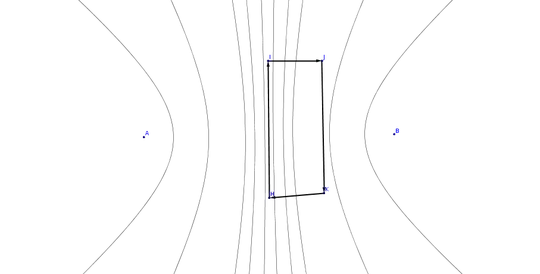There are interesting arrangements of magnets that can strengthen the field in some places while weakening it in others. This is discussed in Can magnetic fields be redirected and focused at one point? and examples are the solenoid, the Halbach array, and an iron cone.
However, these all appear to be limited in their range. In contrast, light can be focused at a distant point, for example with a magnifying lens. A laser beam can be focused such that its reflection on the Moon can be detected. We can communicate with Voyager 1 at 130 AU.
Is it possible to focus a magnetic field such that it would be able to, say, move a nail from a kilometer away? If not, what is the fundamental difference between light and magnetic field that is responsible for this limitation?
